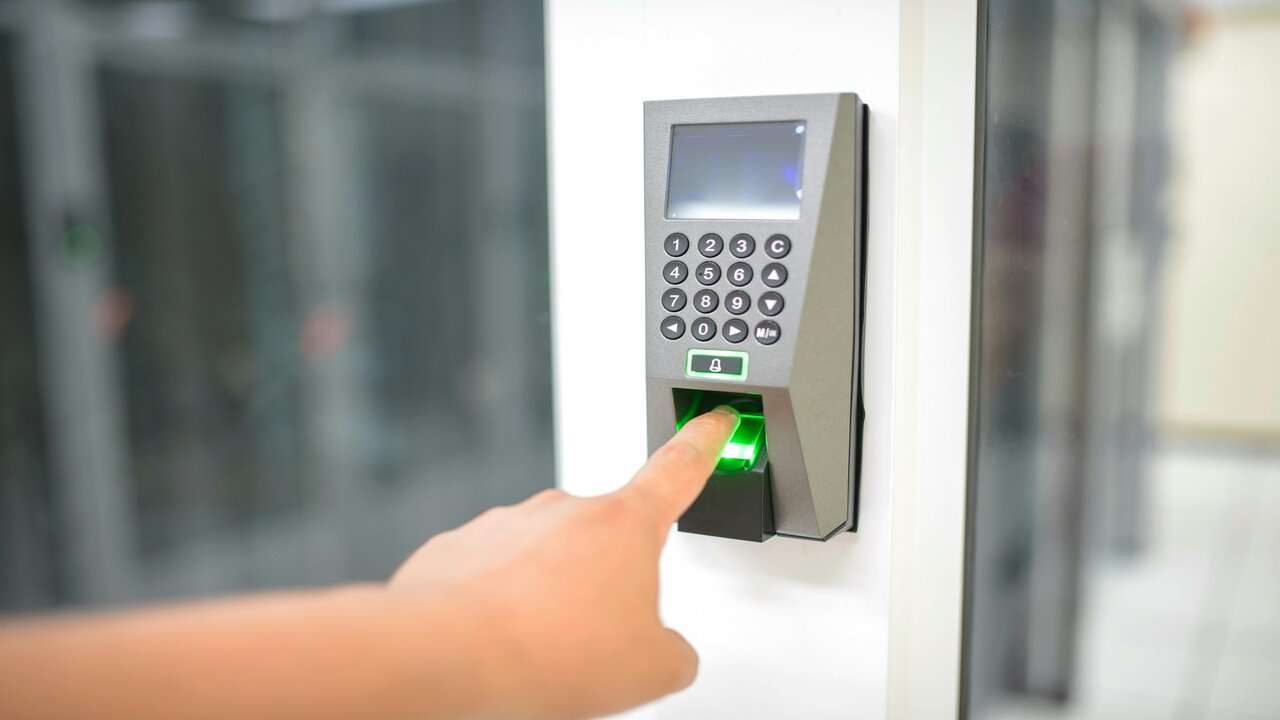In an era where digital security is paramount, traditional methods of access control, such as passwords and PINs, are increasingly vulnerable to breaches and unauthorized access. Biometric authentication systems offer a cutting-edge solution to this challenge, leveraging unique biological traits to verify an individual’s identity with unparalleled accuracy and security. In this article, we explore the evolution of biometric authentication systems, their key components and applications, and the benefits they offer in ensuring secure access control.
Evolution of Biometric Authentication
Biometric authentication has evolved significantly over the years, transitioning from rudimentary fingerprint scanners to sophisticated multi-modal systems capable of recognizing a variety of biological traits. Initially used primarily for law enforcement and government applications, biometric authentication has now found widespread use in commercial and consumer sectors, revolutionizing the way organizations manage access to sensitive information and resources.
Key Components of Biometric Authentication Systems
Biometric authentication systems rely on the capture, processing, and comparison of biometric data to verify an individual’s identity. The key components of these systems include:
– Biometric Sensors: Devices capable of capturing biological traits such as fingerprints, iris patterns, facial features, voice patterns, and even behavioral characteristics like typing speed and gait.
– Feature Extraction: Algorithms that extract unique features or templates from the biometric data captured by the sensors, converting them into digital representations that can be compared and stored securely.
– Matching Algorithms: Advanced algorithms that compare the extracted biometric templates against stored templates in a database, determining the degree of similarity and providing a match or non-match result.
– Database Management: Secure storage and management of biometric templates, ensuring privacy and protection against unauthorized access or tampering.
Applications of Biometric Authentication
Biometric authentication systems have diverse applications across various industries and sectors, including:
– Physical Access Control: Securing entry to buildings, restricted areas, and high-security facilities using biometric-based access control systems.
– Logical Access Control: Verifying identity for accessing computers, networks, applications, and sensitive data, replacing traditional passwords and PINs.
– Time and Attendance Tracking: Streamlining workforce management by accurately recording employee attendance and hours worked using biometric time clocks.
– Border Security and Immigration: Enhancing border control and immigration processes through biometric-based identity verification at ports of entry and immigration checkpoints.
– Financial Services: Improving security for banking and financial transactions by implementing biometric authentication for ATM withdrawals, online banking, and payment processing.
Benefits of Biometric Authentication Systems
Biometric authentication systems offer several advantages over traditional forms of access control, including:
– Enhanced Security: Biometric traits are unique to each individual and difficult to replicate or forge, providing a higher level of security compared to passwords or PINs.
– Convenience and User Experience: Biometric authentication eliminates the need to remember passwords or carry physical tokens, offering a seamless and user-friendly experience.
– Increased Efficiency: Biometric systems enable rapid and accurate identity verification, reducing waiting times and streamlining access control processes.
– Scalability and Flexibility: Biometric authentication can be easily scaled to accommodate large numbers of users and integrated with existing security infrastructure and systems.
– Audit Trail and Accountability: Biometric systems provide a comprehensive audit trail of access events, enhancing accountability and facilitating forensic analysis in the event of security incidents.
Considerations and Challenges
Despite their many benefits, biometric authentication systems also pose certain considerations and challenges, including:
– Privacy Concerns: Biometric data is highly sensitive and raises privacy concerns regarding its collection, storage, and use, requiring robust data protection measures and compliance with privacy regulations.
– False Acceptance and Rejection Rates: Biometric systems may experience false acceptance or rejection errors due to variations in biometric traits or environmental factors, necessitating continuous refinement and optimization of algorithms.
– Implementation Costs: The initial investment and ongoing maintenance costs associated with deploying biometric authentication systems can be significant, requiring careful budgeting and resource allocation.
Securing Access in the Digital Age
Biometric authentication systems represent a powerful tool for securing access control in an increasingly digital and interconnected world. By leveraging unique biological traits to verify identity, these systems offer enhanced security, convenience, and efficiency across a wide range of applications. While they may present certain challenges and considerations, the benefits they offer in safeguarding sensitive information and resources make them an indispensable component of modern security infrastructure. As technology continues to evolve, biometric authentication systems will play a critical role in shaping the future of secure access control.

